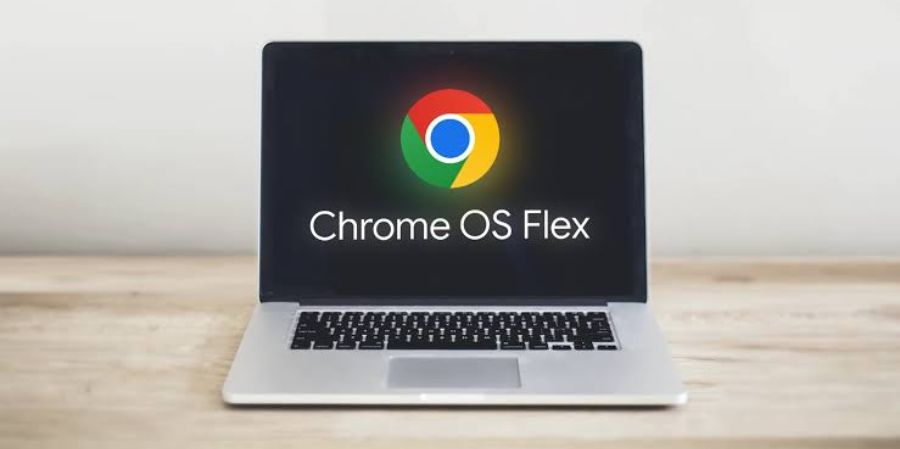

Chrome OS: The Lightweight and Efficient Operating System
Chrome OS is an operating system developed by Google, designed to run on lightweight and low-cost devices, such as Chromebooks. It is based on the Linux kernel and uses the Chrome web browser as its main user interface. Since its introduction in 2011, Chrome OS has gained popularity as an alternative to traditional desktop operating systems like Windows and macOS.
One of the key features of Chrome OS is its simplicity. The operating system is designed to be lightweight and efficient, with minimal overhead and low system requirements. This makes it ideal for use on low-end hardware, such as netbooks and older laptops, as well as newer, more powerful devices. Chrome OS also benefits from automatic updates, which are applied seamlessly in the background, keeping the system up-to-date and secure without requiring any user intervention.
Chrome OS is built around the Chrome web browser, which means that all applications and services are web-based. This has a number of advantages, including ease of use and portability. Chrome OS users can access their data and applications from any device with an internet connection, and many web-based services offer cross-platform compatibility, meaning that users can seamlessly switch between devices without losing any data or functionality.
Chrome OS on your device:
First, check if your device meets the system requirements for Chrome OS. Chrome OS requires a 64-bit processor and at least 4GB of RAM. You can check the specifications of your device to see if it meets these requirements.
Download the Chrome OS installation file from the official website of the Chromium project. You can download the file from ths link: https://www.chromium.org/chromium-os/download
Once the download is complete, extract the contents of the zip file to a folder on your device.
Next, you'll need to create a bootable USB drive with the Chrome OS installation files. To do this, you can use a tool like Rufus or Etcher. These tools will guide you through the process of creating a bootable USB drive.
Insert the USB drive into your device and restart it. Make sure to set the boot order in your BIOS or UEFI settings to boot from the USB drive first.
The Chrome OS installer should now load. Follow the on-screen instructions to select your language, time zone, and network settings.
Next, you'll be prompted to sign in with your Google account. This is required to access the full functionality of Chrome OS, including the ability to download and install apps from the Google Play Store.
Once you've signed in, the installation process will begin. This may take some time, depending on the speed of your device and the size of the installation file.
Once the installation is complete, your device will reboot and you'll be taken to the Chrome OS login screen. Sign in with your Google account to start using Chrome OS.
That's it! You've successfully installed Chrome OS on your device. You can now start exploring the operating system and its features.
